By: R. Carter Parét*
Distinguished Professor Patty Gerstenblith, of DePaul University, delivered a comprehensive and exciting opening keynote address to a packed house of mostly practitioners, students, and American Society of International Law (“ASIL”) members at ASIL’s Tiller House. Prof. Gerstenblith discussed the relationship between looting and armed conflict, specifically the legal safeguards in place to address the issue.
First, Prof. Gerstenblith outlined the current international legal framework protecting cultural property during armed conflict. Currently cultural property is protected by a duality of regimes, first under the 1954 Hague Convention, and second, the four Geneva Conventions applicable in armed conflicts. The 1954 Hague Convention creates an obligation on states parties to safeguard cultural property within their borders against the foreseeable effects of an armed conflict. Moreover, the Convention prohibits the export of cultural property from occupied territories. Another important outcome of the Convention is the creation of the International Committee of the Blue Shield. Prof. Gerstenblith noted that the Blue Shield is the cultural property equivalent of the Red Cross and marks protected cultural sites in armed conflict areas.
Second, Prof. Gerstenblith discussed the problem of looting during armed conflict, commenting that it is carried out on a large scale for economic gain. But the goal of the 1954 Hague Convention and other international agreements is to reduce the economic incentive to loot. Prof. Gerstenblith walked the audience through case studies of looted sites across Peru, Turkey, the U.S., Iraq, Syria, and Egypt. In addition to destroying cultural heritage and sites of significance, looting removes an item out of its context, making it hard to determine the authentication, history, and significance of the looted item. However, Prof. Gerstenblith noted a positive development in the law on two fronts. First, countries are beginning to pass foreign national ownership laws, whereby the host state owns all the items still in the ground. Moreover, foreign national ownership laws make it a crime to remove cultural property or archaeological items from a site without permission. Second, the 1970 UNESCO Convention on the Means of Prohibiting and Preventing the Illicit Import, Export and Transfer of Ownership of Cultural Property prohibits the import, export, or transfer of ownership of cultural property. Additionally, the 1970 UNESCO Convention requires state parties to take necessary measures to prevent museums from acquiring cultural property that was illegally exported.
Third, Prof. Gerstenblith succinctly demonstrated the greater issue at hand, using the conflict in Syria as an example. Five out of the six World Heritage Sites in Syria have been damaged as a result of the conflict itself, and twelve sites on the Tentative World Heritage List have been subject to looting. Using before and after images, Prof. Gerstenblith demonstrated the true problem these sites face. The convergence of poverty, a failing state, and armed conflict provide the “perfect storm” for looting.
Ultimately, Prof. Gerstenblith left the audience with four parting thoughts on current and proposed efforts to improve the protection of cultural property. First, the International Criminal Tribunal for the Former Yugoslavia has recognized that the destruction of cultural property goes together with human killing. Second, military necessity under international humanitarian law allows for too much destruction, and must be reworked. Third, protections against looting in armed conflict, enumerated in the 1954 Hague Convention and the 1970 UNESCO Convention, should be unified under one treaty. Finally, the protection of cultural property should be a human and civil right under international human rights law.
*The author is the Deputy Symposium Editor for Volume 30 of the American University International Law Review writing as a part of our series recapping our February 2015 Symposium: Protecting Art and Cultural Property Through International Law at ASIL

